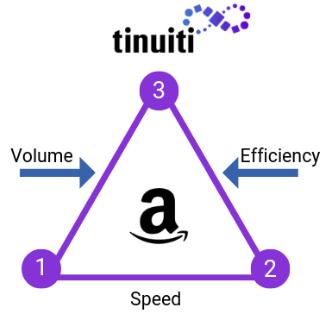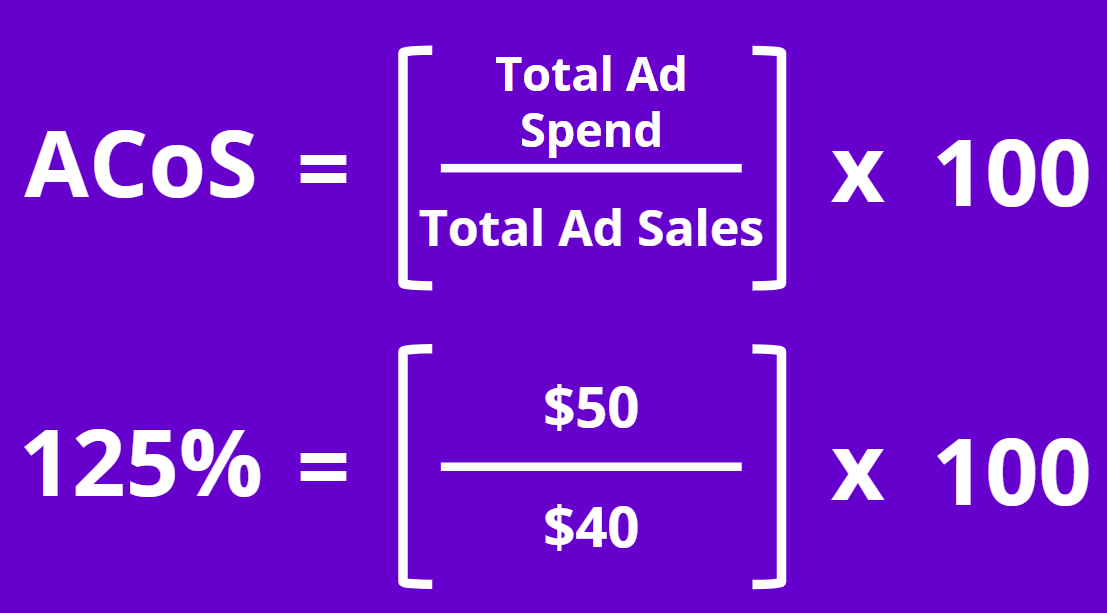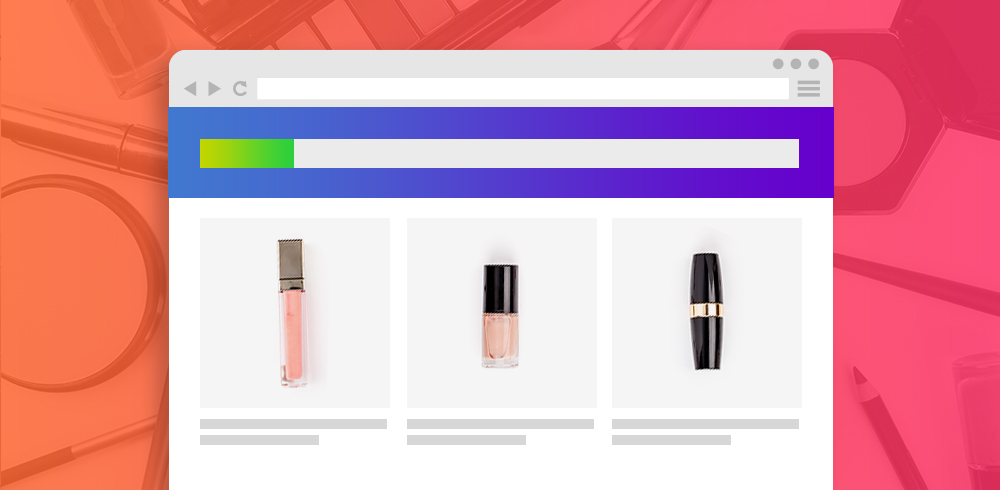Amazon ACoS: Your Key to Amazon Advertising & Sales Efficiency

Understanding your Amazon ACoS (advertising cost of sales) is the first step to determining the efficiency of your Amazon advertising campaigns relative to sales, and can also be an indicator of whether your metrics are aligned toward velocity.
Here’s what Amazon ACoS means for your business, how to calculate your Amazon ACoS and strategies you can use to hit your ACoS goals.
“Advertising cost of sales, or ACoS, determines the relationship between what you’re spending on advertising versus the sales you generate from that spend. It’s an important metric to understand within your Amazon business since it describes the efficiency of your advertising strategy.”

— Daniel Creviston, Marketplace Search Specialist at Tinuiti
Amazon ACoS (Advertising Cost of Sale) is a metric that shows how much money you spent on advertising versus sales you received for a given product on Amazon. The formula for ACoS is 100 ( [total ad spend] ÷ [total sales] ).

If you’ve spent any time around Amazon marketing circles, chances are that you’ve heard about a similar metric — TACoS.
Total Advertising Cost of Sale (TACoS) measures advertising spend relative to the total revenue generated.
“Looking at TACOS in addition to ACOS gives you a more holistic view of how your ad spend is affecting overall sales. If your ultimate goal is to grow total sales, you might want to accept a higher ACOS in the short term to really increase sales velocity and improve your TACOS in the long term.”

— Courtney Macfarlane, Senior Marketplace Programmatic Analyst at Tinuiti
“With advertising, we’re increasing the sales velocity for a particular product. By increasing sales velocity, we’re also impacting organic sales. Therefore, investing in advertising can help grow organic sales in addition to ad sales.”
You can calculate your Amazon ACoS with the following formula:
ACoS = 100 ( [total ad spend] ÷ [total sales] )
For example: If you spend $50 on advertising and it resulted in a single sale of $100, your ACoS would be 100 (50/100) = 50%.

For example, if you spend $50 on advertising and it resulted in a single sale of $100, your ACoS would be 100 (50/100) = 50%.
While a lower ACoS is commonly perceived as a positive signal, it’s not always that simple.
If your primary goal for a particular product is sales efficiency, then a lower ACoS aligns with your goals.
If your goal for a product is sales velocity, then you are likely willing to sacrifice efficiency for moving more products, hence a higher ACoS.
“Your ACoS goal should be defined by your Amazon business goal: volume, or efficiency?” explains Creviston.
“Efficiency relies on the margins of your products, and thus your ACoS goal should at the very least be your breakeven point after all other production costs are considered. Volume, however, means you’re willing to invest more heavily into keywords, product targets, and different ad types that are meant to drive overall sales volume without the requirement of remaining profitable at all times.”

— Daniel Creviston, Marketplace Search Specialist at Tinuiti
In terms of sales efficiency, we recommend using the following numbers as a benchmark, but keep in mind that these numbers can be subjective based on a number of factors (such as your category, campaign types, and goals).
A low ACoS is under 25%. You may want to consider raising your bid to increase clicks and overall traffic for that term or product.
An average ACoS is between 25% to 40%.
A high ACoS is above 40%. This might happen when a specific keyword is gaining a lot of traffic, but low conversions, and it’s a good opportunity to rethink the keywords you’re currently bidding on for a product.

If you already have established products on the Marketplace with reviews and traffic, then you might want to consider a lower ACoS goal to focus on efficiency. This is especially useful for best sellers and products in your catalog that already have demand.
Levers to achieve this goal:
If you want to maximize clicks and impressions to a particular ASIN, then you’ll need to sacrifice efficiency for greater visibility.
This can be especially useful for newer products, products that need reviews, or products that need sales velocity to climb Amazon’s organic ranking.
Levers to achieve this goal:
Seventh Generation was able to significantly improve their online advertising efforts through Amazon Marketing Services, increase order volume and lower ACoS.
